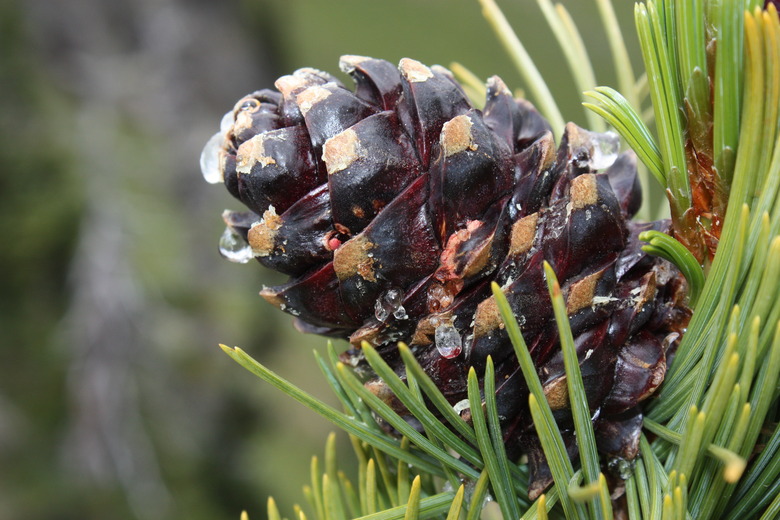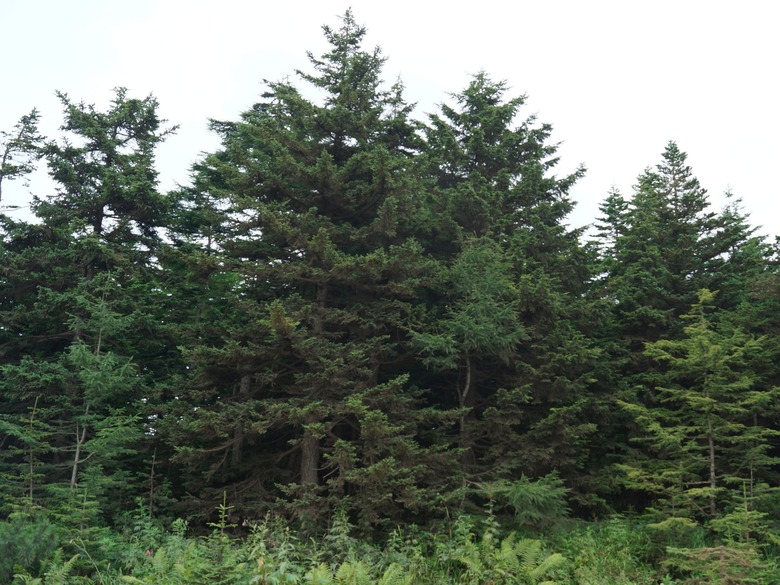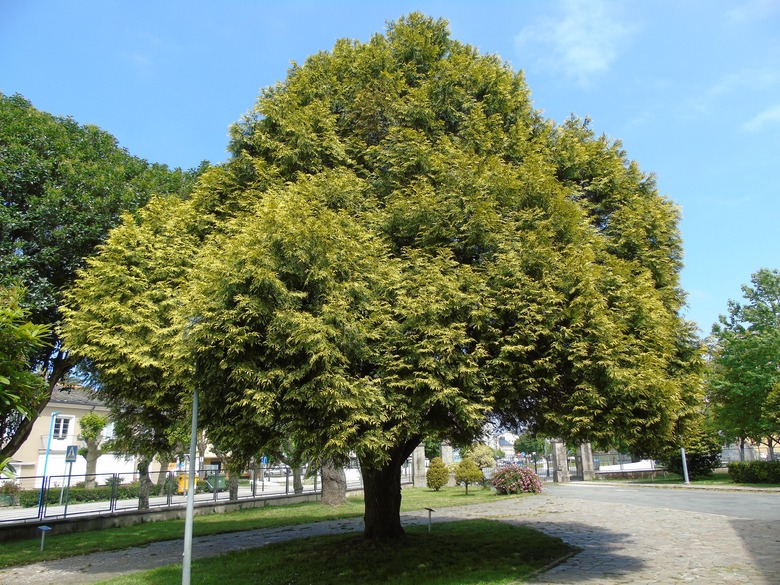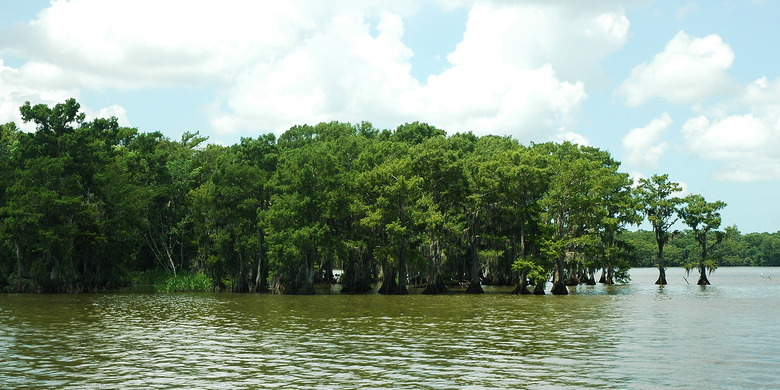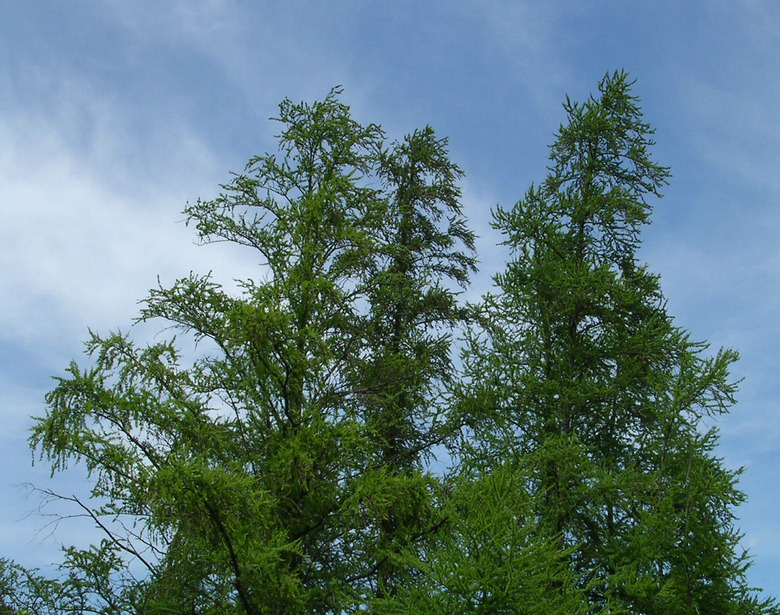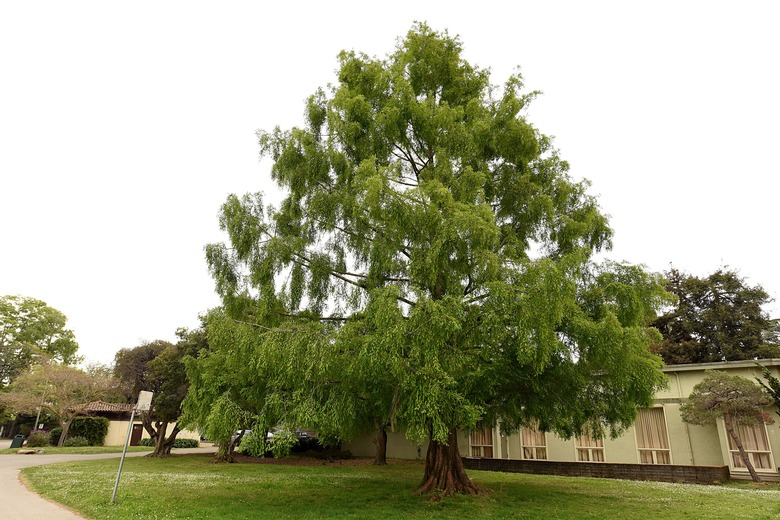Facts About Coniferous Plants
What Are Conifers?
Coniferous trees, or conifers, are trees that produce their seeds in cones rather than fruit and have needle-like leaves. Many conifers are trees, while others grow as shrubs.
While the majority of conifers are evergreen, there are notable exceptions. There is also great diversity among these trees when it comes to the appearance of the seed cones.
There are roughly 800 species of conifers classified into seven families, all of which have needle-like leaves and produce their seeds in cones rather than fruits.
Facts About Conifers
- Conifers belong to a group of plants known as gymnosperms that appeared on Earth millions of years before the first flowering plants, which are known as angiosperms. Unlike the seeds of angiosperms, the seeds of gymnosperms are not enclosed in a fruit.
- There are around 800 species of conifers around the world, according to the American Conifer Society.
- Conifers are classified taxonomically into seven families, the largest of which is Pinaceae, which includes some 200 species, including true pine trees.
- The largest cone of any coniferous tree belongs to the sugar pine tree (Pinus lambertiana, zones 6 to 9), which is native to the western United States and produces cones that may be up to 25 inches long.
Tip
You can distinguish among true pine trees, fir trees and spruce trees by examining the needles. On true pine trees, needles grow in clusters of 1 to 5 needles. The needles of spruce and firs trees are individually attached to branches. Fir tree needles connect directly to the branches and have bases reminiscent of suction cups. Spruce needles are attached to a branch by a tiny peg called a pulvinus.
Evergreen Conifer Trees
Let's take a look at some of the conifer trees with year-round green leaves.
Pinaceae Family
- **Pine Trees:** There are approximately 115 species of true pine (Pinus spp.), some of which are capable of growing up to 270 feet tall. Pines can live anywhere between 100 and 1,000 years.
- **Spruce Trees:** Spruce trees (Picea spp.) may be 60 to 200 feet tall, according to the American Conifer Society. The cones of spruce trees hang down from branches and fall whole to the ground. Botanists recognize about 35 species of spruce.
- **Fir Trees:** Fir trees (Albies spp.) are popular choices for Christmas trees. The mature cones of fir trees sit upright on the branches and break apart on the branch to disperse winged seeds rather than dropping whole.
Cupressaceae Family
- **Arborvitae:** The five species in the genus Thuja, known as arborvitae, are evergreen conifers that produce small cones that are usually less than an inch long. These species have flat branchlets, and the leaves are arranged in a fan shape.
- **Juniperus:** There are more than 60 species of junipers, some of which grow as trees. Others are more shrub-like. The seed pods of juniper trees are small and round and a light blue color, which makes them look more like berries than traditional woody cones. Junipers are sometimes referred to as cedars, but they are not true cedars.
Deciduous Coniferous Trees
While the majority of conifers are evergreen, perhaps one of the least-known coniferous facts is that some species lose their leaves in the fall.
Bald Cypress
Probably the best known of the deciduous conifers, the bald cypress (Taxodium distichum, zones 4 to 9) is native to the southeastern U.S., where it occurs in swamps and bayous. Among the distinctive features of this tree are root growths commonly referred to as "knees" that protrude from the water surrounding the tree.
The bald cypress has round cones that are about an inch wide and are green in summer and turn brown in fall and winter.
Larch Trees
Also known as tamaracks, larch trees in the genus Larix are conifers with needle-like foliage that turns yellow and drops in the fall. Species include the eastern larch (Larix laricina, zones 2 to 5), which is native to northern North America, and the European larch (Larix decidua, zones 2 to 6), found in central and southern Europe.
Dawn Redwood
Native to China, the dawn redwood (Metasequoia glyptostroboides, zones 4 to 8) is related to the bald cypress and similar in appearance. Its cones are oval shaped and a light brown color. This tree has typical heights between 70 and 100 feet.
References
- University of Missouri Integrated Pest Management: Cone-Bearing Plants of Many Shapes, Sizes, and Species
- North Carolina State Extension: Juniperus Virginiana
- American Conifer Society: What is a Conifer Tree?
- Arnold Arboretum: Not All Conifers are Evergreen
- Missouri Botanical Garden: Larix decidua
- Missouri Botanical Garden: Larix laricina
- Missouri Botanical Garden: Metasequoia glyptostroboides
- University of Nebraska-Lincoln: Deciduous Conifers
- American Conifer Society: Picea Genus (Spruce)
- American Conifer Society: Pinus
- American Conifer Society: Juniperus Genus (juniper)
- Clemson Cooperative Extension: Bald-cypress
- University of Nebraska-Lincoln: Pine Trees or Evergreens?
